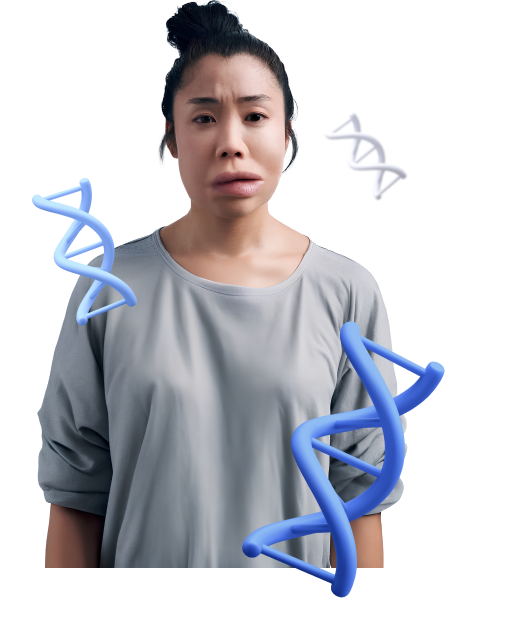Welcome!
Take a short survey to determine the likelihood of hereditary angioedema (HAE).
Answer a few questions and get a preliminary result.
Instructions:
Answer the questions as truthfully and in detail as possible.
Based on your answers, a risk assessment will be formed, which you can discuss with your doctor.
![]() The results of the symptom matching tool are not a medical opinion and do not replace the advice of a doctor. This tool is intended for informational purposes only, to provide additional information about hereditary angioedema (HAE) and your individual risk of having it. In the event of a medical emergency, seek emergency care immediately.
The results of the symptom matching tool are not a medical opinion and do not replace the advice of a doctor. This tool is intended for informational purposes only, to provide additional information about hereditary angioedema (HAE) and your individual risk of having it. In the event of a medical emergency, seek emergency care immediately.


